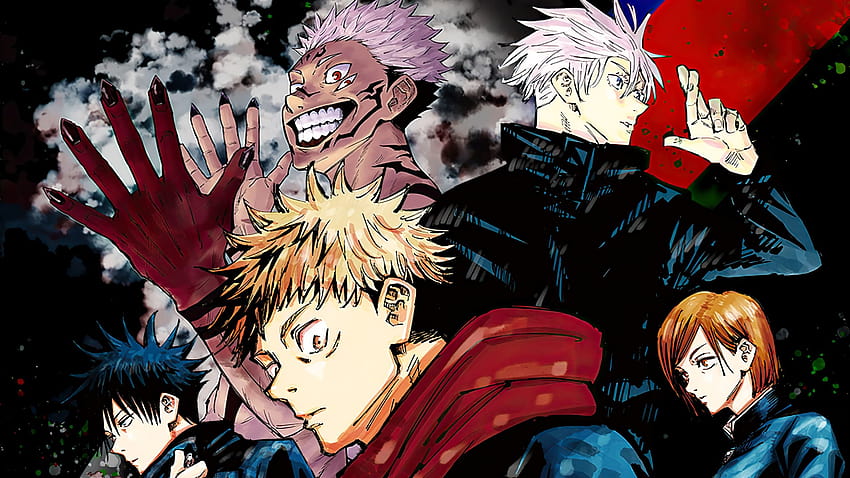Manga, the Japanese kind of comic textbooks and graphic books, embodies a unique kind of storytelling which includes captivated people worldwide. Frequently consumed in language translation, the real heart and soul of manga might be softened or shed completely. However, in the initial form—raw and untranslated—manga provides readers an unfiltered practical experience which is as traditional since it is profound.
Experiencing manga in the unique words, Japanese, is always to participate with all the craft in its finest kind, in which each brushstroke and kanji personality is deliberate, preserving the creator’s perspective. When manga is local, the fragile subtleties of cultural referrals, cracks, and wordplay could be watered down. The natural scripts express subtleties that struggle non-native followers to prolong beyond their linguistic comfort zones, gleaning which means from the perspective and the feelings represented within the art work.
The artistry in raw manga is not really just a aesthetic accentuate on the story it’s a fundamental element of the storytelling. Each and every panel’s formula, persona expressions, and the spots in between the panels—the ma—speak amounts. Conventional manga keeps a specific Japanese visual that honors the social lineage in the medium. It’s not simply about reading from directly to still left it’s about knowing the tempo and rhythm of Japanese storytelling, a beat that may be disrupted by translation and Westernization.
Besides conserving the narrative’s validity, original type manga also offers a prize trove of linguistic understanding. Language individuals immerse themselves in colloquialisms, slang, and conversational Japanese that books rarely cover. This immersive experience not just hones their vocabulary skills but also deepens their understanding of Japan’s tradition, interpersonal cues, and sense of humor.
In addition, numerous manga aficionados debate that some of the medium’s allure is in its rawness—the slightly off-white-colored pages, the aroma of ink cartridge, the way monochrome tones blend to form a world as complex just like any in color. Computerized and interpreted types, whilst generating manga a lot more available, can veil the tactile romantic relationship a visitor has together with the actual moderate. It’s an all natural ritual—flipping web pages, deciphering figures, and dropping into the visible narrative—that resonates with all the enthusiast’s primary.
When translations make manga globally readily available and popularize this extraordinary art, there exists a growing movements of purists and fans who promoter for your uncooked and true encounter. They see untranslated manga less a buffer but as a link to your much more powerful literary and ethnic appreciation, challenging that incentives with better, far more romantic information in to the thoughts of manga makers and the stories they would like to tell.
To conclude, choosing to go through manga within its initial kind is surely an respond of social admiration, a further plunge in the intricacy of the craft, and, for some, a proof of the medium’s authenticity. Unprocessed and actual manga encourages followers to disconnect in the filtered and sometimes simple narratives and instead connect with a narrative that is certainly brimming with undiluted humor, drama, and passion.
